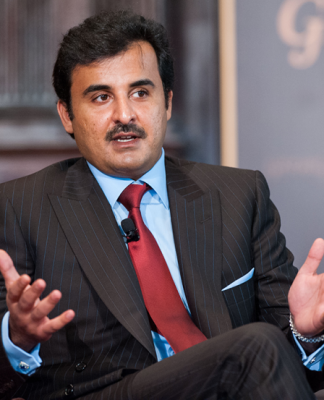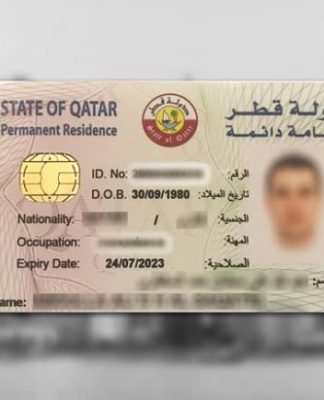New bionic hand allows users to control each finger with unprecedented accuracy
New breakthrough technology allows bionic hand to mimic unprecedented natural movement
By Camille Bello • Updated: 14/07/2023 – 11:16
Successful testing of the bionic hand has already been conducted on a patient who lost his arm above the elbow.
In a world first, surgeons and engineers have developed a new bionic hand that allows users with arm amputations to effortlessly control each finger as though it was their own body.
The innovation could revolutionise the way prosthetic limbs are designed and used, with scientists hailing it a “major breakthrough”.
Prosthetic limbs can help people regain some functionality they lost after an amputation, but they can be challenging to control and sometimes unreliable, with only a limited range of motion.
Typical transplants use remnant muscles – the muscles that remain in the residual limb after an amputation. They are the most common source of controlling a prosthetic hand because the signals the muscles produce when they contract – myoelectric signals – can be generated by the user at will.
However, for individuals with amputation higher up the arm, such as an above-elbow (transhumeral) amputation, things are more challenging.
In such cases, insufficient muscles remain to generate myoelectric signals to enable control of the lost arm and hand joints, meaning controlling the prosthetic limb in a way that feels natural is simply not possible.
‘World’s first mass-produced’ humanoid robot to tackle labour shortages amid ageing population
A new era of bionic hands
The key to the new bionic hand – described in a study published in Science Translational Medicine – is a technique called neuromuscular reconstruction.
In this procedure, surgeons rewire the nerves in the residual limb so that they control different muscles. This allows users to generate more complex movements with the bionic hand, such as flexing and extending all five fingers to pick up small objects or type on a keyboard.
Prosthetic limbs are typically attached to the body with a socket that compresses the residual limb making it mechanically unstable and uncomfortable. But the new bionic hand also tackles this problem.
Besides the neuromuscular reconstruction, the new implant also features a titanium implant that is placed within the residual bone connecting it to the body. This provides a more stable and comfortable attachment point for the hand, while also allowing for more natural movement.
The new bionic hand has successfully been tested on a patient who lost his arm above the elbow. He reportedly learnt to control the implant quickly and easily, as well as perform a variety of tasks with it, including moving the fingers.
NASA’s first humanoid robot Valkyrie is being tested at offshore energy facilities in Australia
The research was led by Professor Max Ortiz Catalan, founding director of the Center for Bionics and Pain Research (CBPR) in Sweden, and the surgery took place at the Sahlgrenska University Hospital, Sweden, where CBPR is located.
“This is a major breakthrough in the field of bionic limbs,” said Ortiz to Chalmers University of Technology in Sweden, where he is a Professor of Bionics, as “it opens up the possibility of creating bionic hands that are as functional as natural hands.”
The achievement is based “on over 30 years of gradual development of the concept, in which I am proud to have contributed” said Dr. Rickard Brånemark, a leading expert on osseointegration for limb prostheses, who conducted the implantation of the interface.
The development of the new bionic hand is a new sign of hope for people with amputations. Close to 60 million people were living with limb amputation due to traumatic causes worldwide in 2017, according to the Institute for Health Metrics and Evaluation.






























